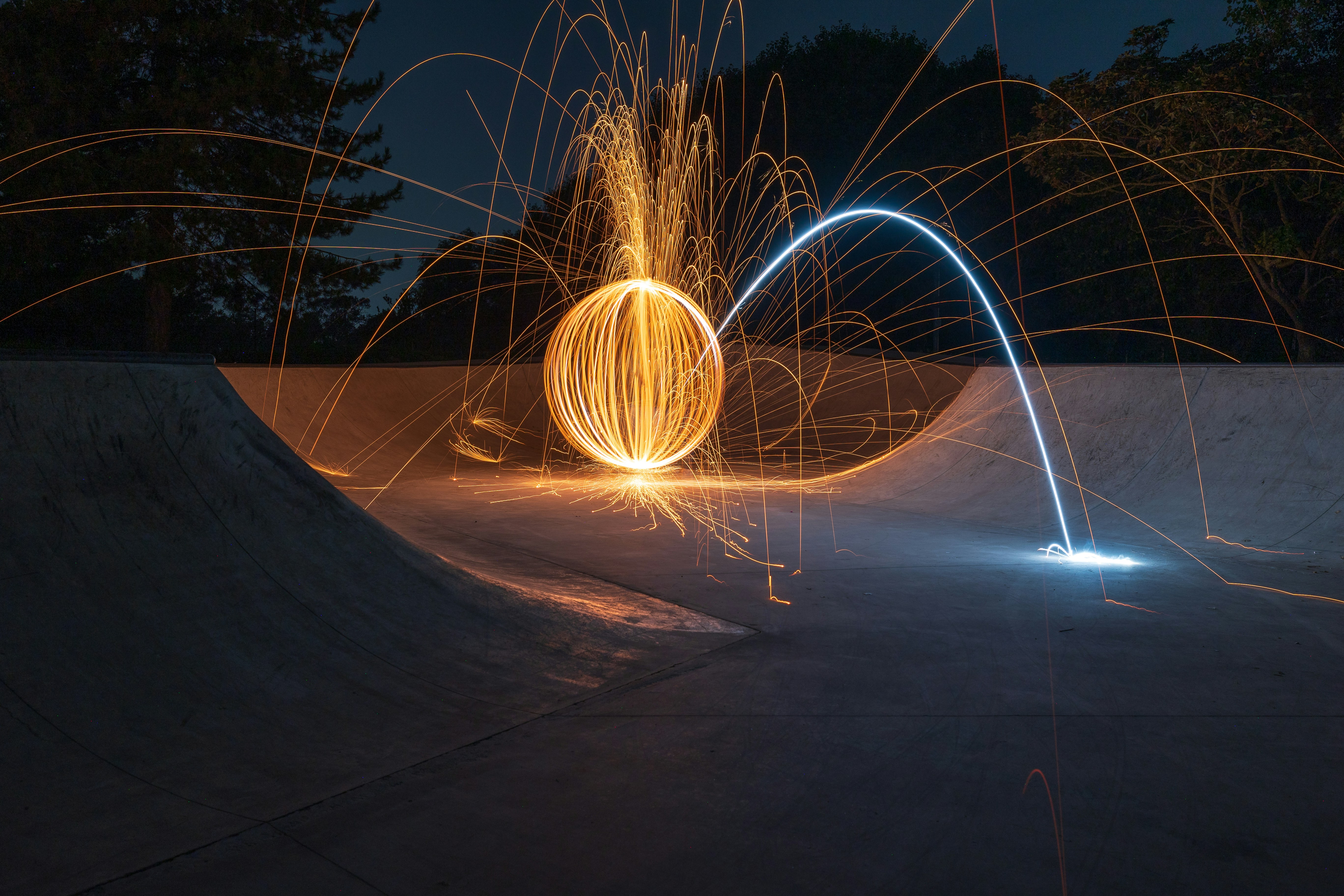Interpreting the Enigma: The Resurgence of Abstract Expressionism
The world of art is no stranger to cycles of popularity, and in recent years, a surprising contender has reemerged—abstract expressionism. A mid-20th century powerhouse, this art movement is experiencing a revitalization, challenging our understanding of visual language and sparking renewed interest in its tumultuous history and profound impact.

The Birth and Rise of Abstract Expressionism
Abstract expressionism emerged in the 1940s and 1950s, primarily in New York. It was born from the ashes of World War II, a powerful response to the horrors and existential crisis of the era. The movement was marked by its focus on emotive and symbolic representations, a departure from the realism and precision that defined previous art movements. It championed individual expression, spontaneity, and the exploration of the subconscious.
Abstract Expressionism’s Golden Age
The movement’s golden age was characterized by two primary styles: gestural abstraction, embodied by artists like Jackson Pollock and Willem de Kooning, and color field painting, represented by Mark Rothko and Barnett Newman. These artists rejected traditional artistic norms and embraced a more intuitive, emotional approach to their work. Their pieces were often large-scale, enveloping viewers in a sensory exploration of color, shape, and texture.
The Decline and Dormancy
By the late 1950s and early 1960s, abstract expressionism began to lose ground to newer art movements, including Pop Art and Minimalism. The world was changing rapidly, and with it, the tastes and perspectives of artists and audiences. The once-dominant movement faded into the background, its groundbreaking techniques and philosophies overshadowed by the new avant-garde.
The Unexpected Resurgence
Yet, the 21st century has seen a surprising resurgence in interest in abstract expressionism. Modern artists are revisiting its principles, drawn to its emphasis on emotional depth and individual interpretation. Recent exhibitions at renowned institutions like the Museum of Modern Art in New York and the Royal Academy of Arts in London have showcased the movement’s enduring appeal.
The Impact and Future of Abstract Expressionism
This resurgence is not just a nostalgic throwback, but a reimagining and reinterpretation of abstract expressionism through a contemporary lens. It continues to influence modern art, pushing boundaries and challenging our understanding of artistic expression. As we move forward, it is clear that the spirit of abstract expressionism—its bold innovation, emotional intensity, and unfettered individualism—will continue to resonate and inspire new generations of artists and viewers.
In conclusion, the resurgence of abstract expressionism is a testament to its lasting impact and relevance. It reminds us that art, in its purest form, is a reflection of our emotions and experiences, a visual language that transcends time and trends. As we continue to grapple with a world fraught with uncertainty, perhaps we, too, can find solace and meaning in the chaotic beauty of abstract expression.




